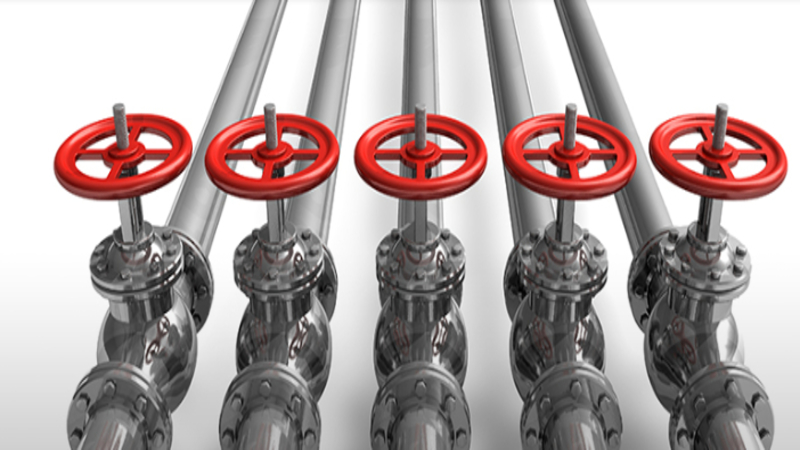There are many different options in cooling and heating two different liquids through indirect heat exchange. One of the best and most efficient options in many different applications is a plate type heat exchanger.
The plate heat exchanger has no moving parts and is designed to continually provide the movement of liquids on either side of the plate, allowing for the transfer of heat between the two. First used in the early part of the 1920s, the design of these types of heat exchangers has changed very little, but they continue to be some of the most effective heat exchangers.
The Design
The plate type heat exchanger consists of a group of plates that are parallel to each other. The plates have grooves or channels in the surface, and the fluid, which is hot on one side and cool on the other, flows through these channels. As the channels contain the liquid, it never mixes.
The plates can be large or small, and they can be stacked in large numbers, providing significant surface contact with the plate and the liquid on both the hot and cold sides in a small amount of physical space. Traditionally, a chevron shape is used to maximize the surface contact for the liquids. In most sanitary processes, the plates are made of food grade stainless steel. This is a durable, long-lasting material that meets all regulations and requirements.
Use Considerations
Due to the circulation requirements for the plate type heat exchanger to be efficient, they are most commonly used in systems that have a low to medium pressure, allowing for a consistent flow through the plates.
There are also specialized types of welded plate heat exchangers that can be used for high-pressure applications. These types of exchangers are designed to be able to contain the high-pressure liquids and to prevent leaks from around the edges of the plates when the pressure is significant.



